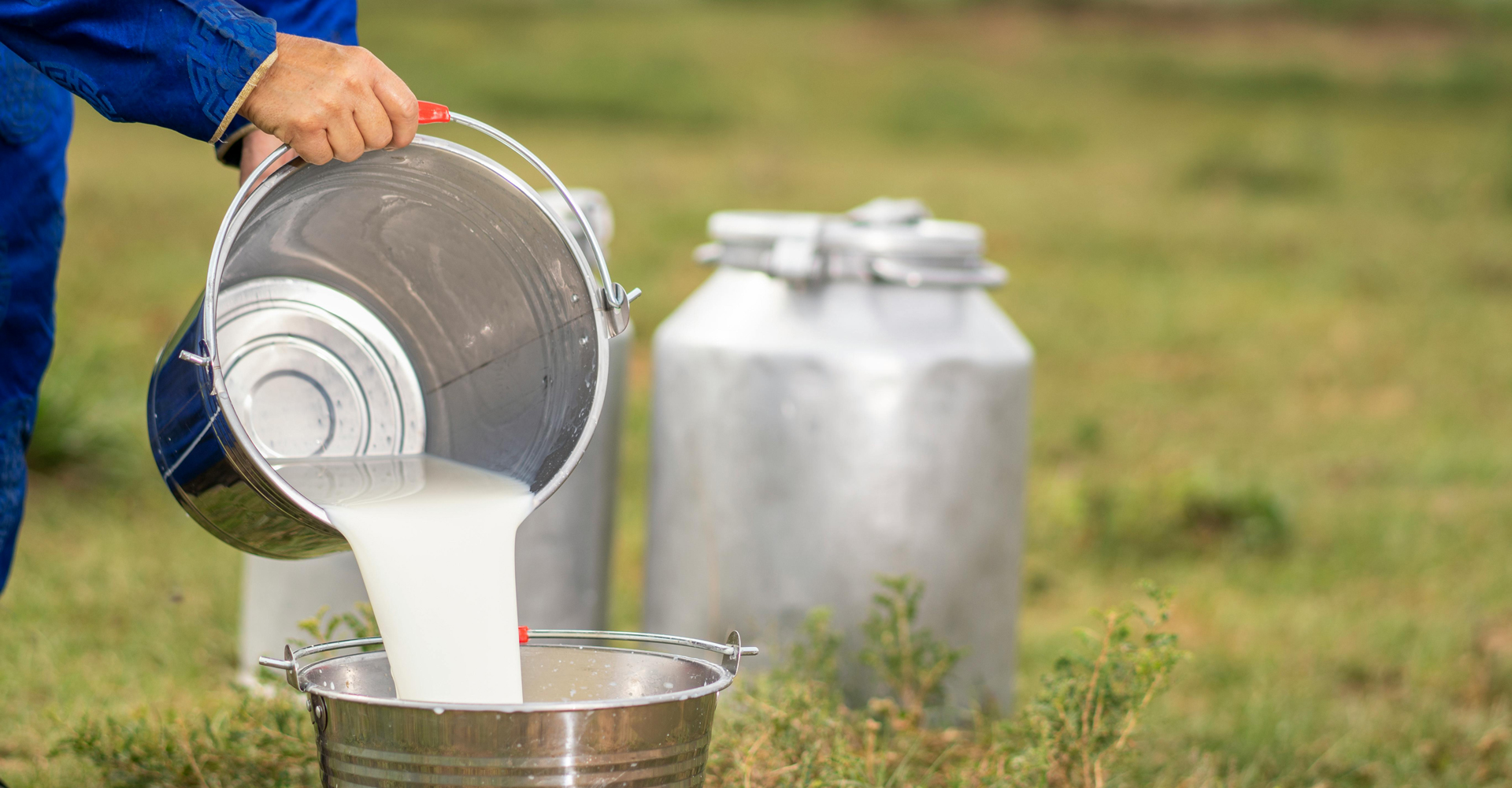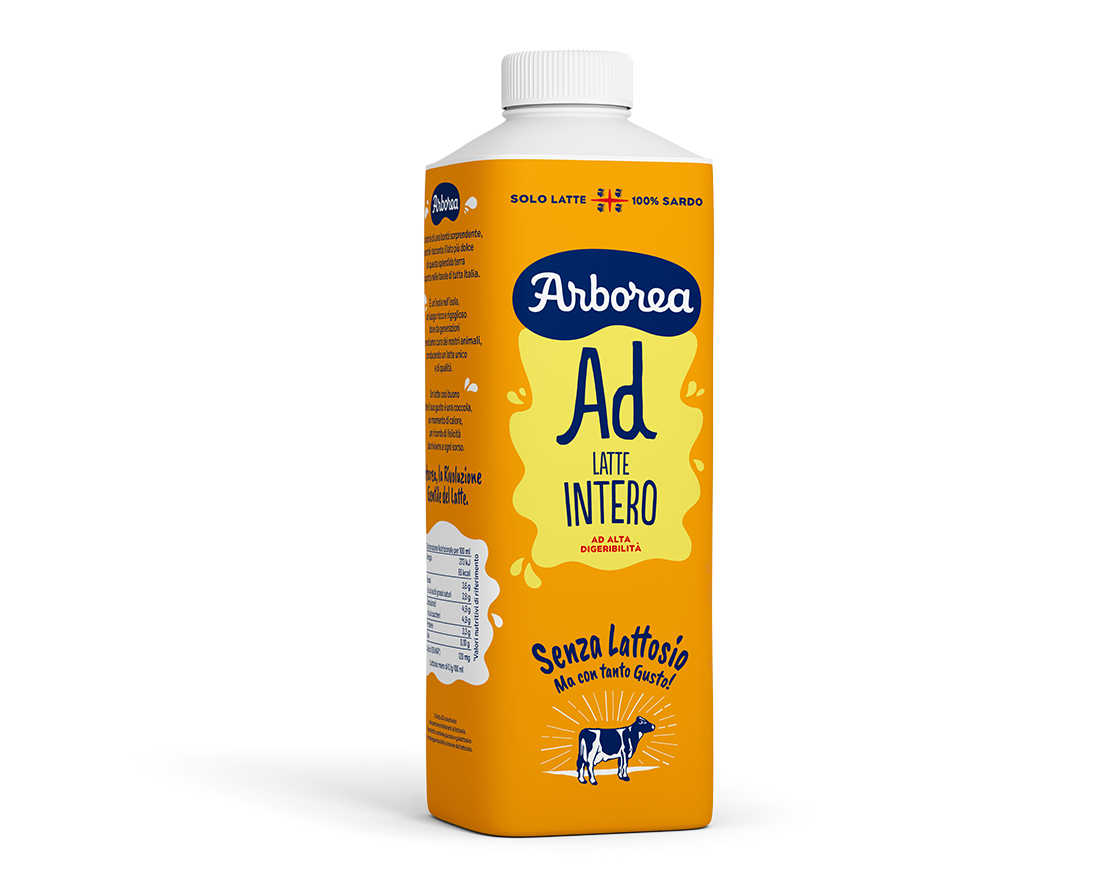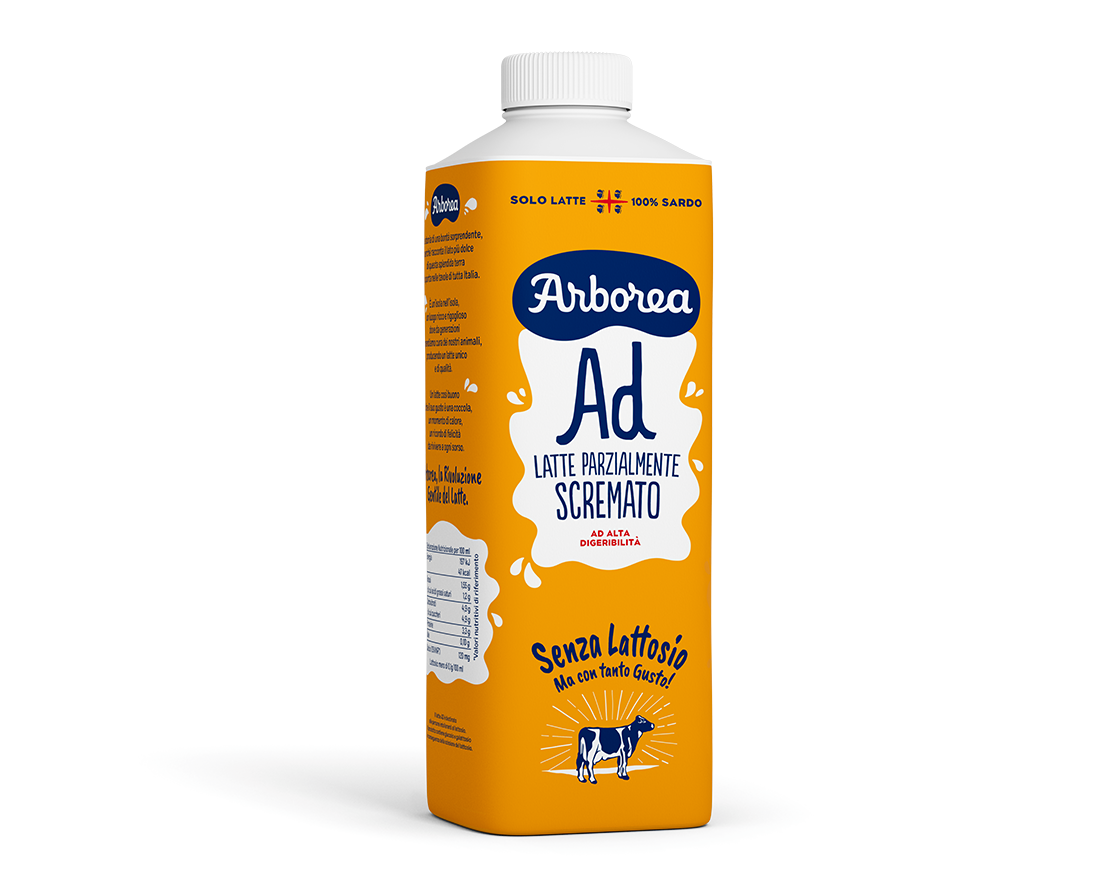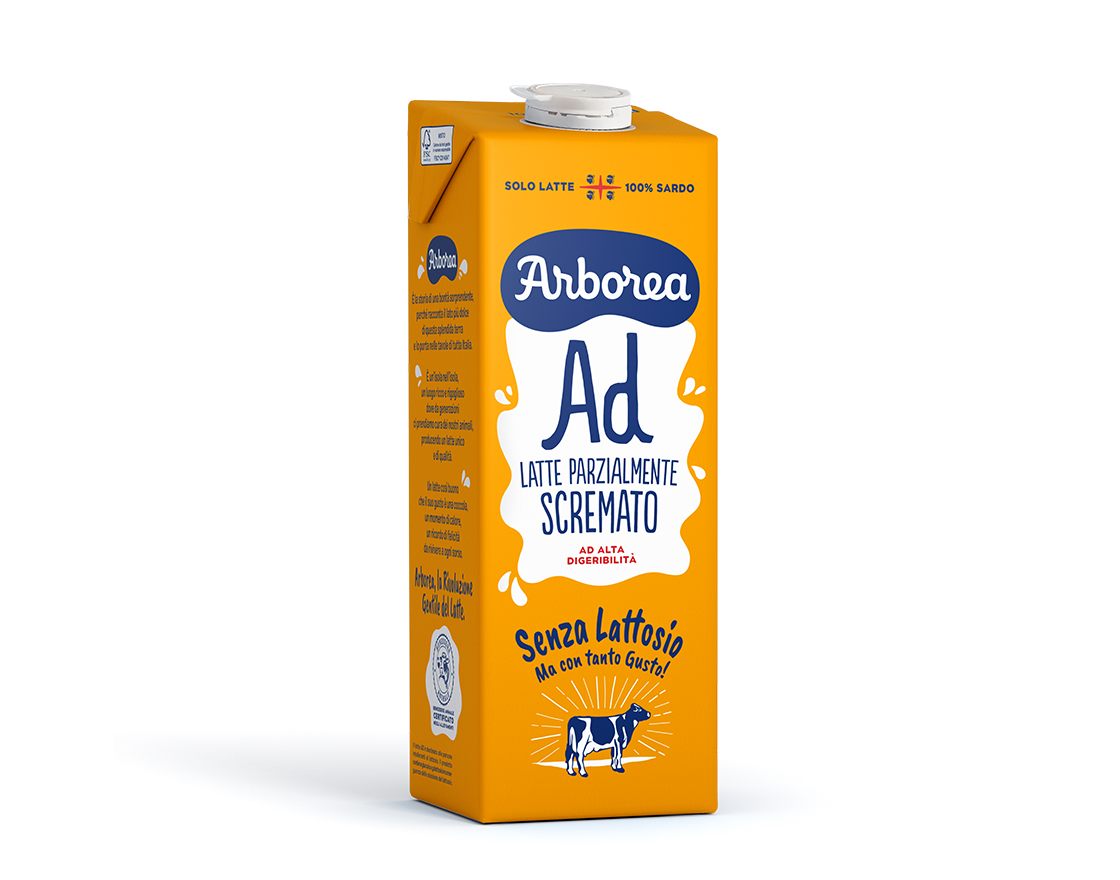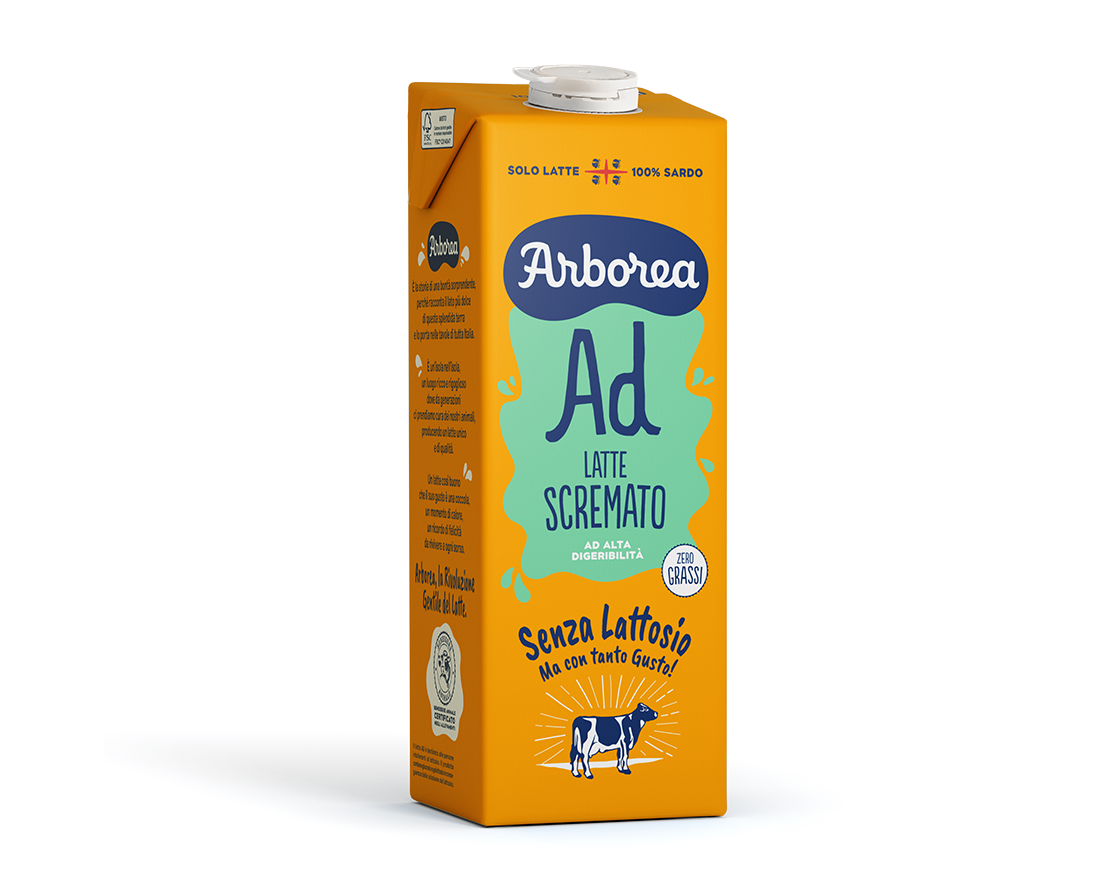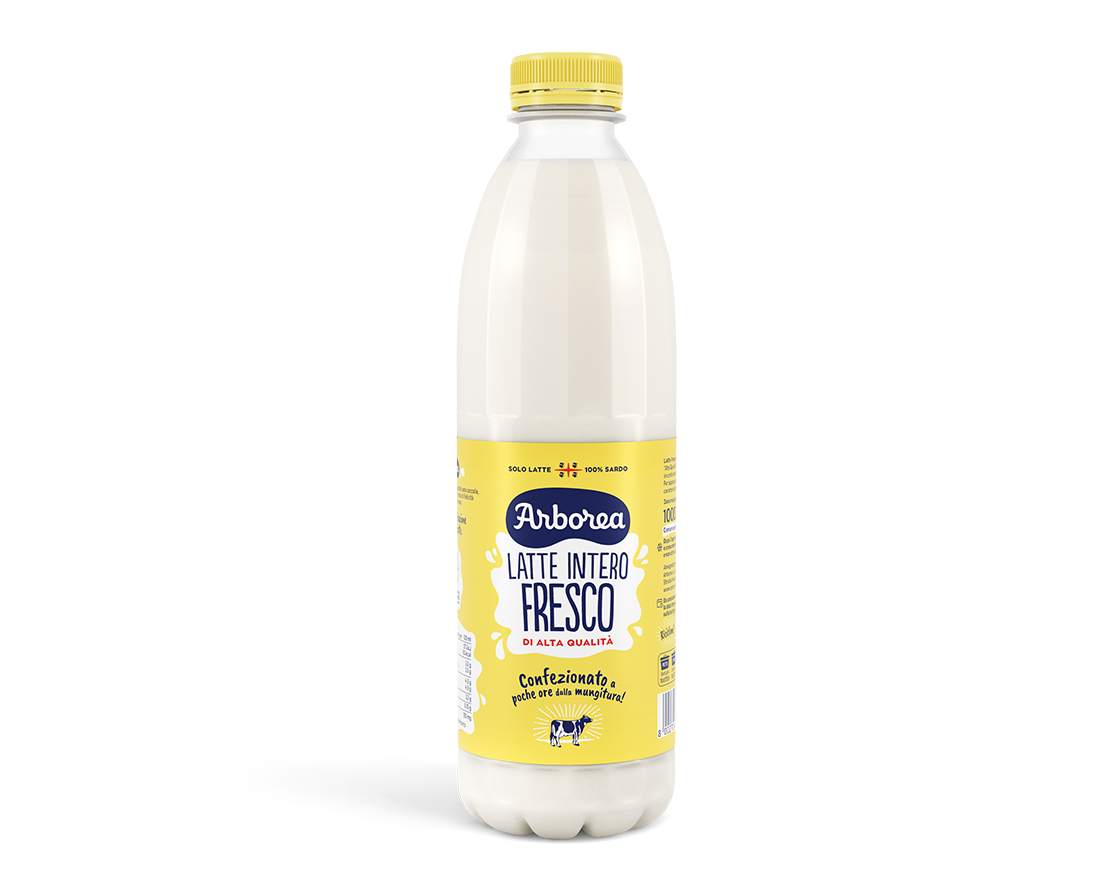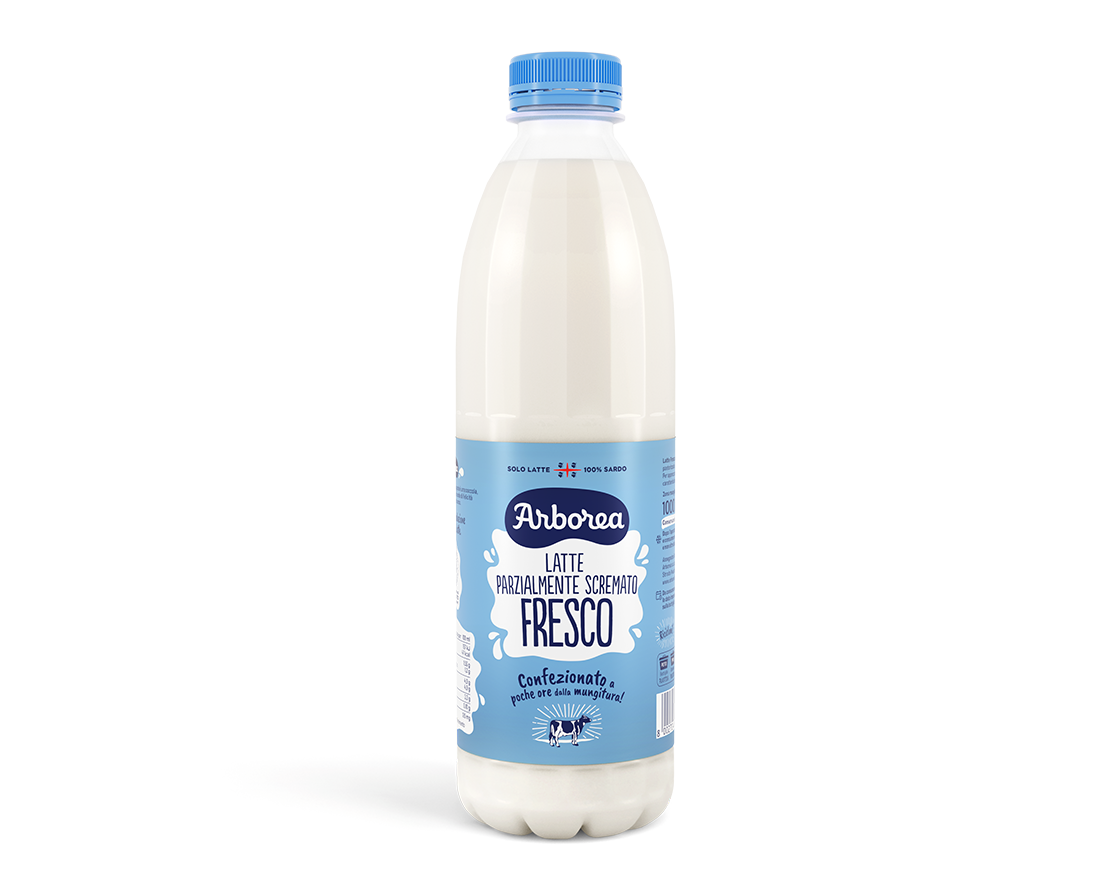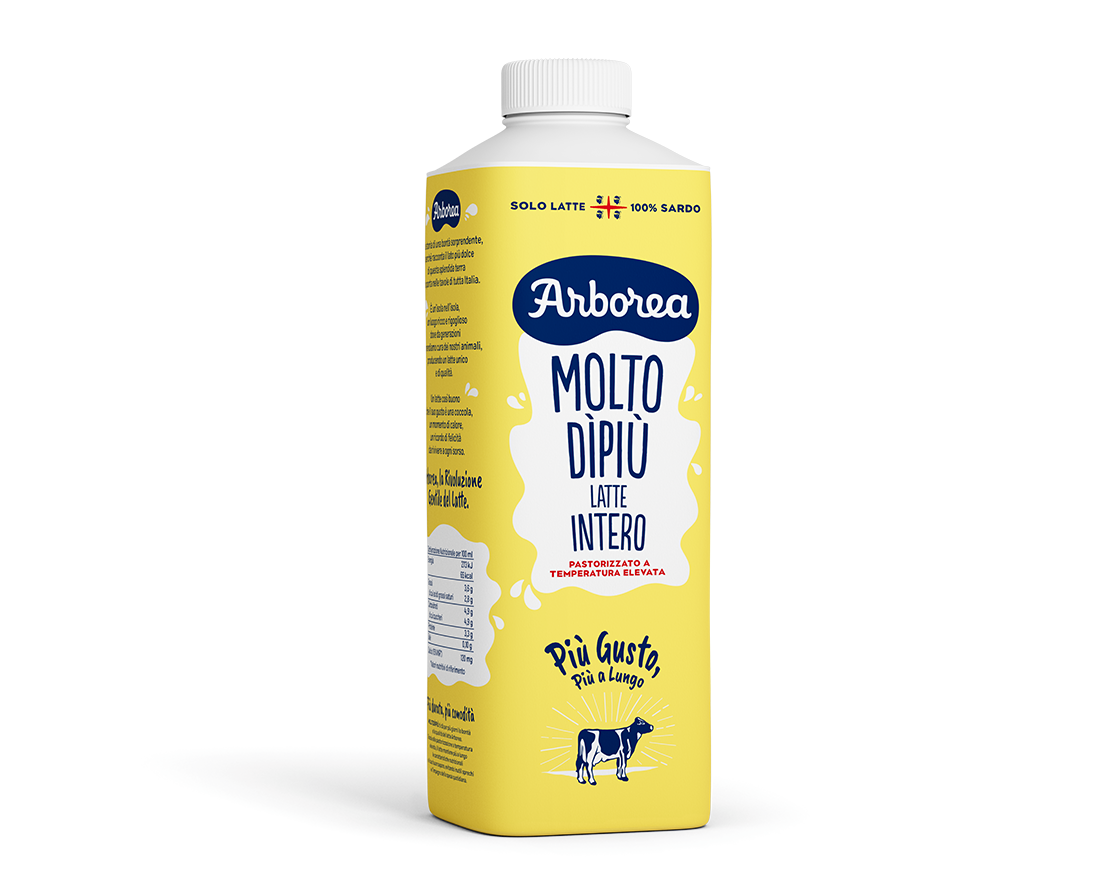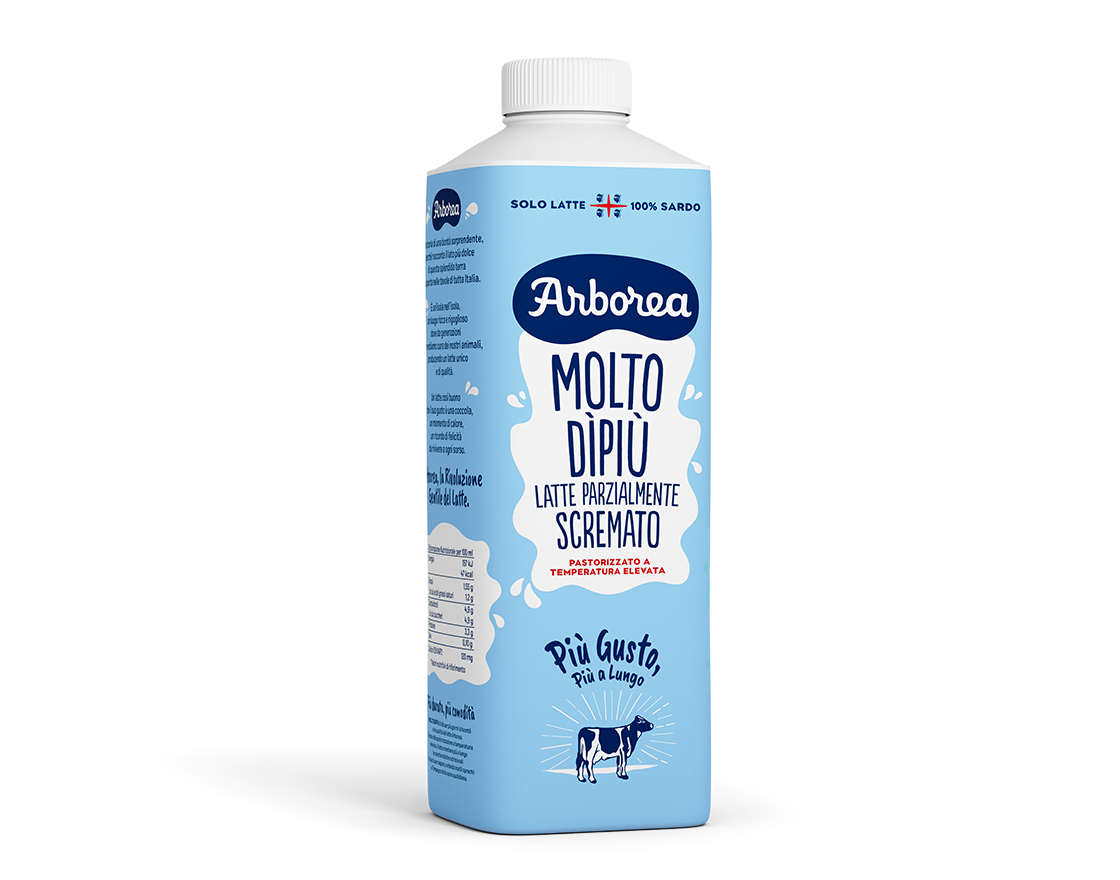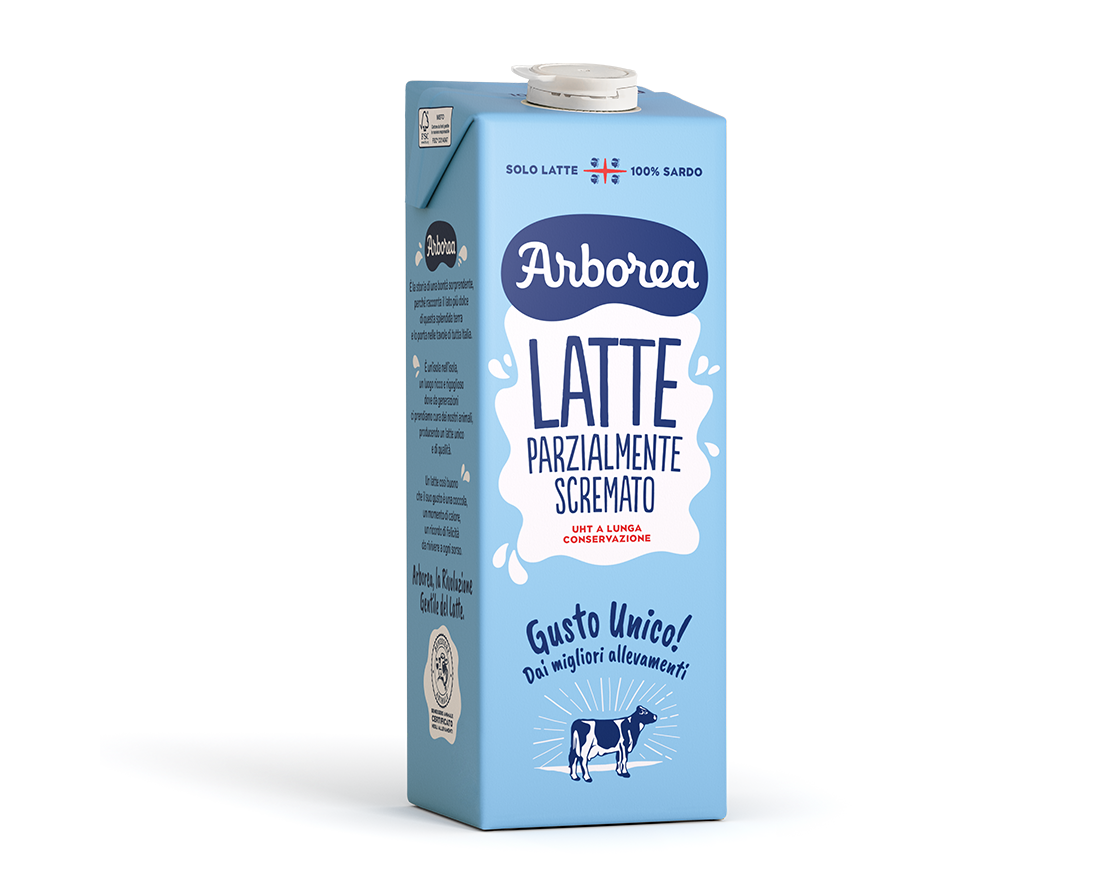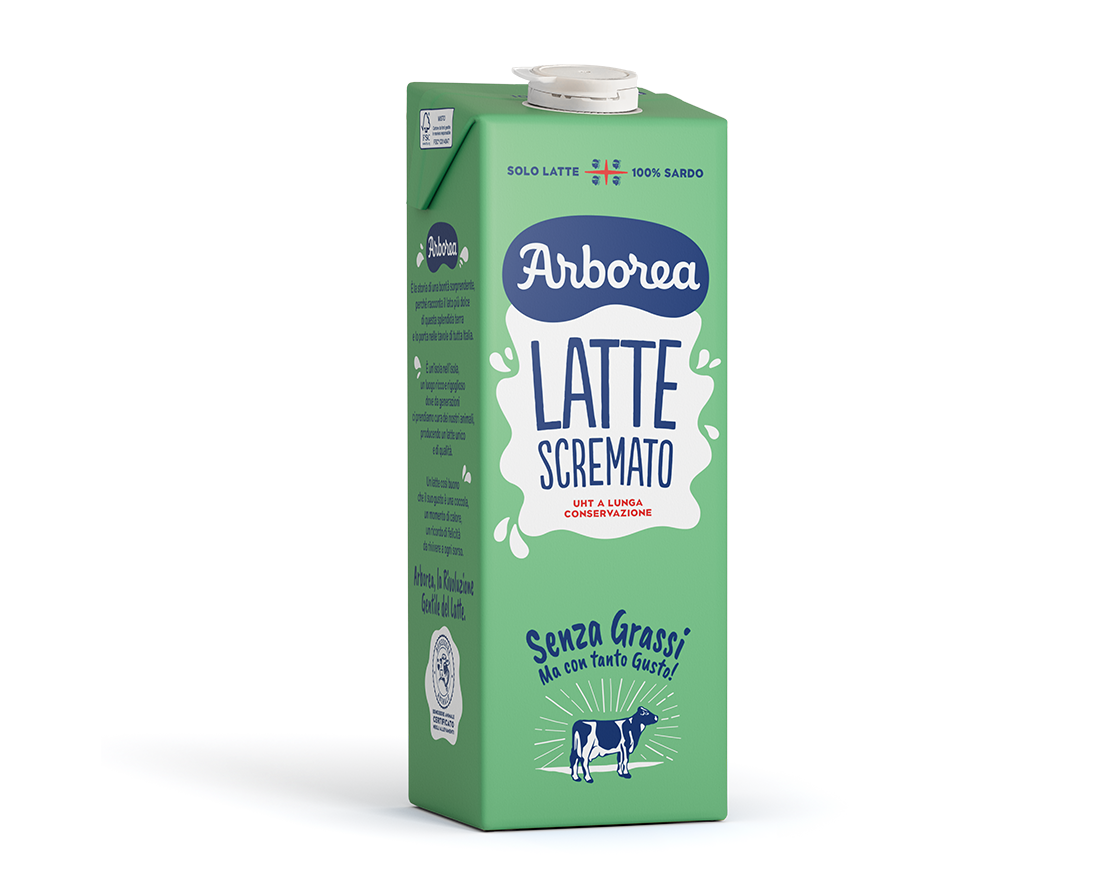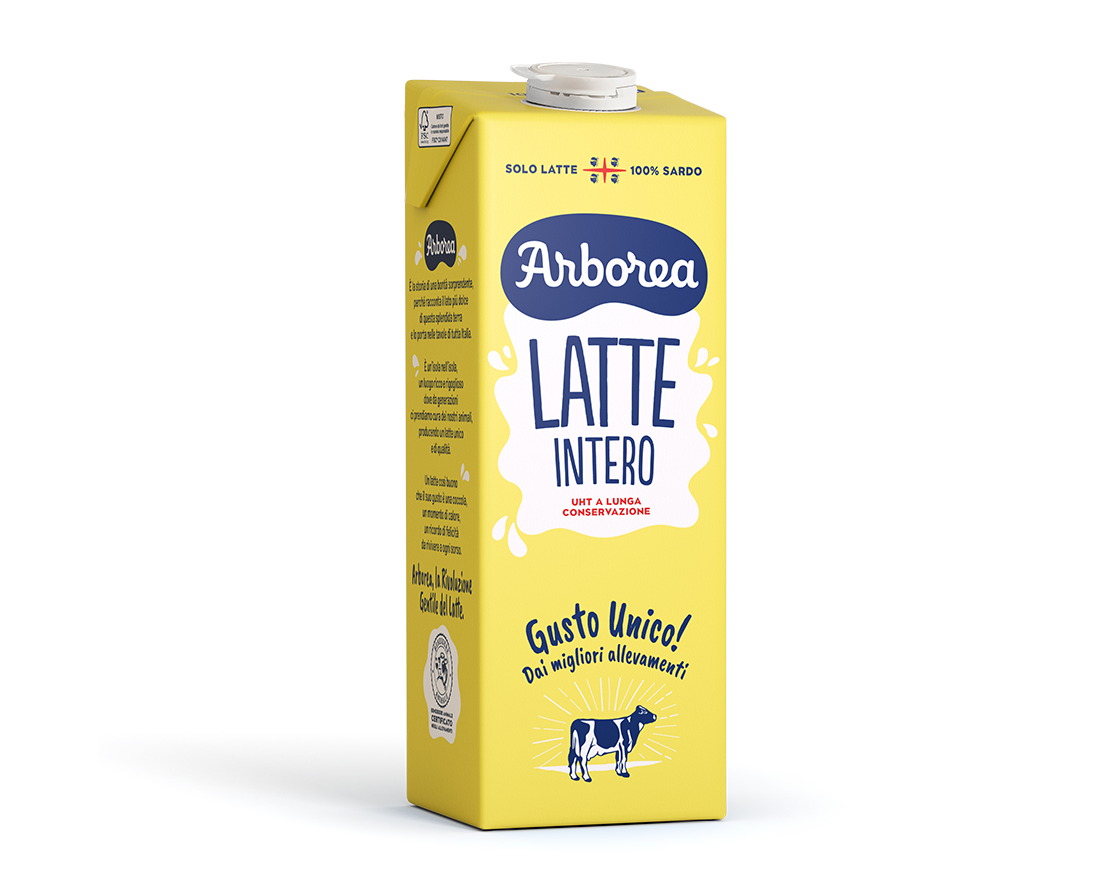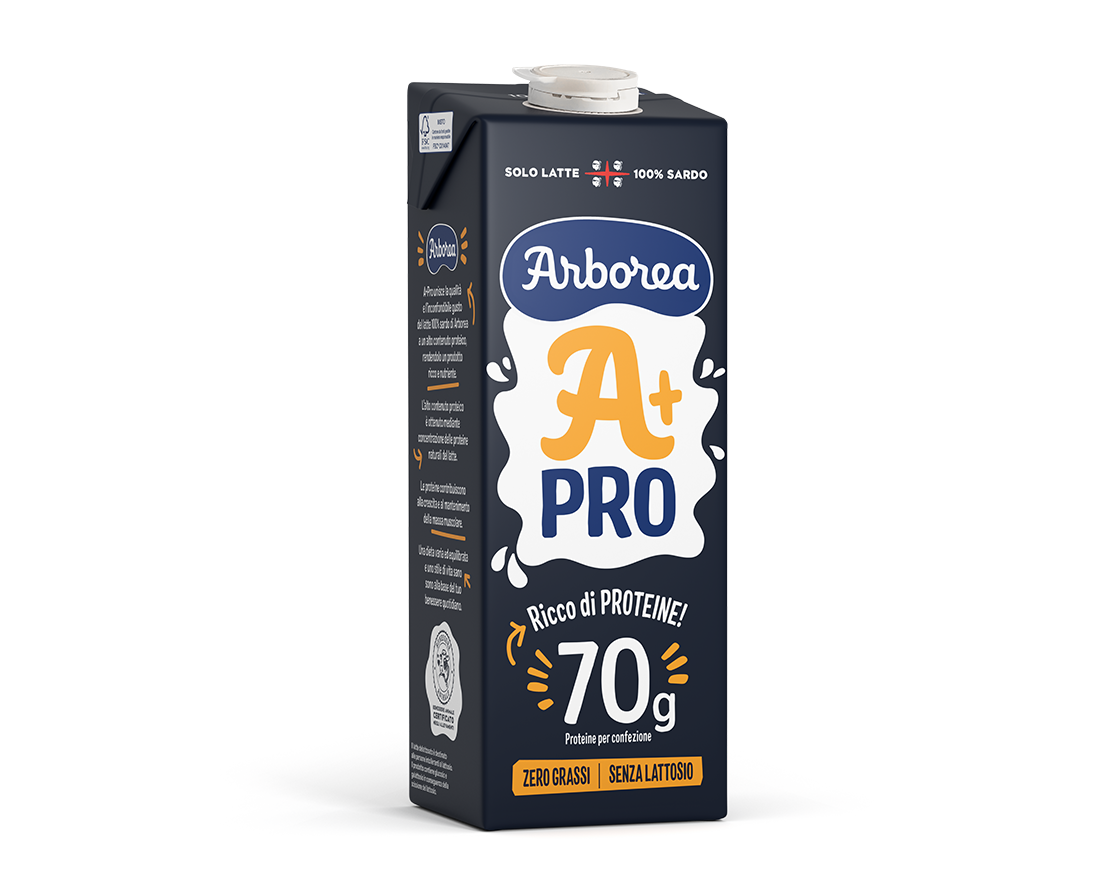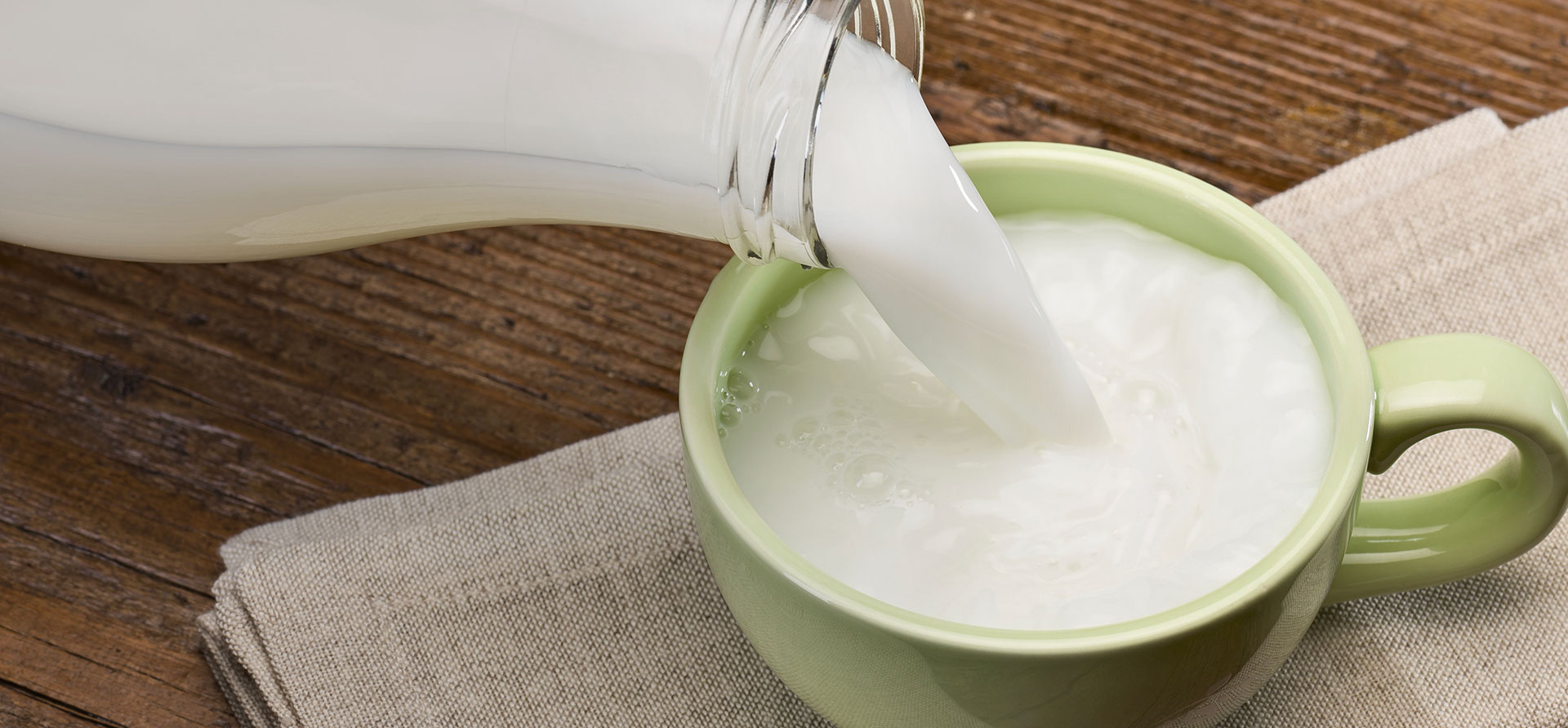
reading: 7 min
Cow’s milk: benefits, curiosities, and characteristics
All the benefits of cow’s milk
We often hear about the benefits of milk , how much to consume, and which type to choose for our diet. Often, we read contradictory or inaccurate information: let’s clarify some things.
Milk is an exceptional food due to its richness in nutrients : it is, in fact, considered the food that comes closest to the concept of a complete food, as it contains all the macronutrients essential for life. All mammals, in fact, consume exclusively their mother’s milk during the first months of life. In the case of humans, this consumption continues thereafter, as science universally recognizes it as a vital source of macro and micronutrients.
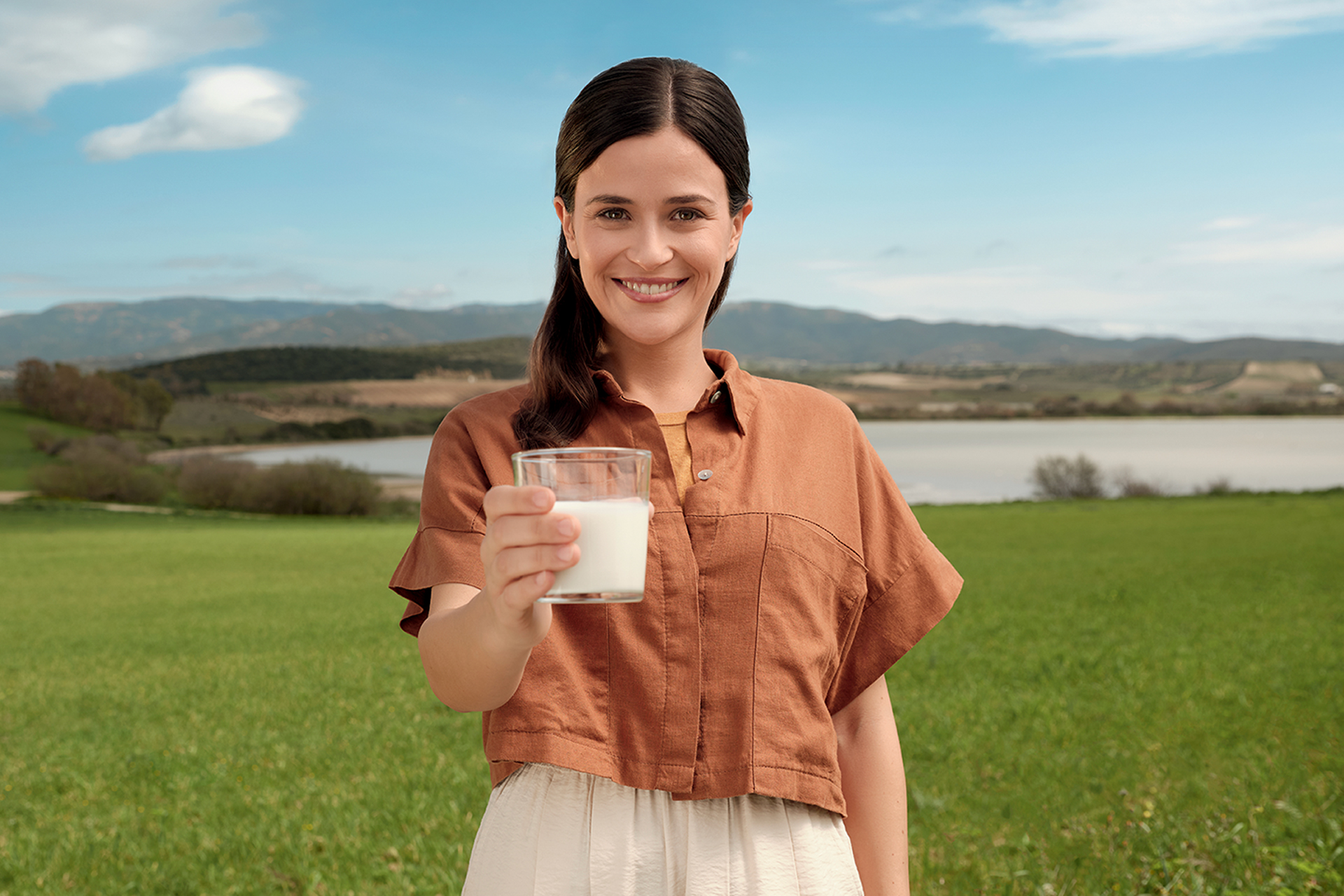

The nutrients in cow's milk
Find out what the main nutrients in cow's milk are and why it is so important in our daily diet.
Calcium and phosphorus
These are essential minerals for healthy bones and teeth. The right balance of these nutrients promotes optimal bone growth and prevents osteoporosis. Consuming them through milk improves their absorption.
Vitamins
Cow’s milk contains good amounts of water-soluble (i.e., water-soluble) and fat-soluble vitamins. These include riboflavin, vitamin B12, and vitamin A.
Bioactive peptides
Generated by the hydrolysis of milk proteins, bioactive peptides have antimicrobial and biological transport functions and contribute to iron absorption.
Protein
Milk proteins are divided into whey proteins (among the best biologically for both bioavailability and essential amino acid content) and casein proteins. Together, they contribute to meeting daily protein requirements, which are important for many bodily functions, including muscle development and tissue building.
Zinc and selenium
Zinc supports the functioning of the metabolism and hormones, while selenium is a powerful antioxidant, with immune system support functions.
The caloric intake of cow’s milk
The properties of cow’s milk also depend on the level of skimming .
In particular, the caloric intake varies depending on the amount of fat: whole milk has approximately 65 Kcal per 100 g, semi-skimmed milk 46 and skimmed milk 36.
Whole milk has the highest fat content; skim and semi-skimmed milk have the same amounts of carbohydrates and proteins, but in the former the fat is almost completely eliminated, while in semi-skimmed milk it is halved compared to whole milk.

How many types of cow’s milk are there?
Not all milk is the same! Let’s take a look at the different types of cow’s milk you can find at the supermarket.
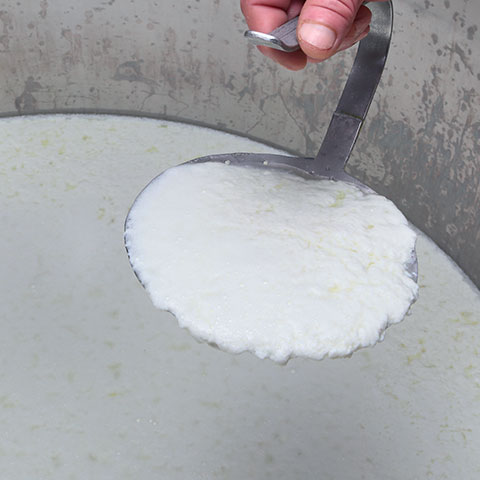
We’ve already mentioned that milk can be differentiated based on its skimming rate . Skimming is a process that separates milk fat from the aqueous phase by centrifugation. This process results in milk with a reduced fat content . Specifically, whole milk contains 3.5% fat, semi-skimmed milk contains between 1.5% and 1.8% fat, and skimmed milk contains less than 0.5%.
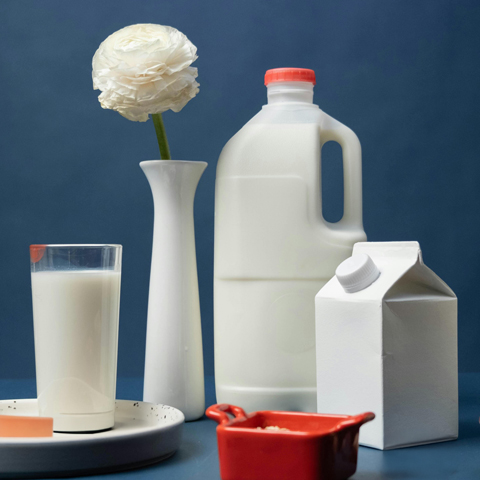
Milk can also be differentiated by its shelf life , which is the length of time the product can be consumed while maximizing its nutritional properties without adverse effects. Fresh pasteurized milk can last from one week to 21 days, depending on whether it is traditionally pasteurized or highly pasteurized. In any case, these products are found in the refrigerated section and last 2-4 days once opened. Ultra-high-temperature milk , which has undergone heat sterilization using UHT technology, can be stored outside the refrigerator for several months while unopened. This treatment only minimally alters its flavor and properties.
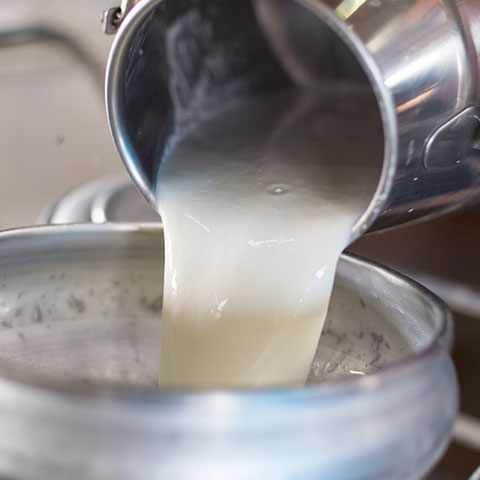
Milk leaves the cow’s udder sterile , but immediately comes into contact with the external environment, where potentially pathogenic microorganisms are present. As an alternative to sanitization processes such as pasteurization and UHT, centrifuged skim milk can be subjected to a microfiltration process that physically separates the microorganisms present. The milk is then added with the necessary amount of fat to meet legal standards, and pasteurization takes place.
Fresh cow’s milk, ESL or UHT: what are the differences?
In the previous paragraph, we mentioned the shelf life of milk; in terms of organoleptic characteristics and nutritional values, there are no substantial differences between fresh and shelf-stable milk. Everyone can therefore choose the type of milk they prefer based on their tastes and needs.
In addition to fresh milk and shelf-stable milk, there are other types. Raw milk is “natural” milk, which undergoes no treatment and therefore should be consumed very quickly and after boiling. It is generally sold on farms or at milk dispensers, but it is advisable to be very careful when using it, which must be done after a thorough boiling process.
High-temperature pasteurized milk (ESL, extended shelf life) is the middle ground between fresh and UHT milk. It undergoes a higher heat treatment than fresh milk; as a result, it can be kept refrigerated for approximately 21 days.
